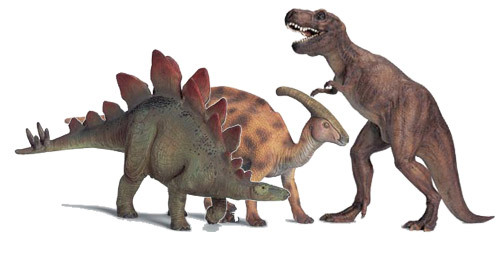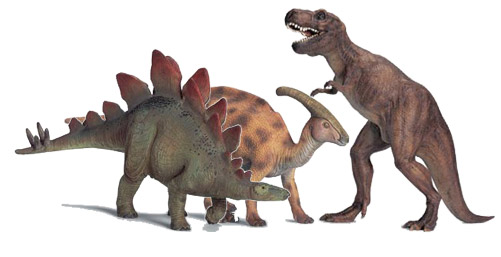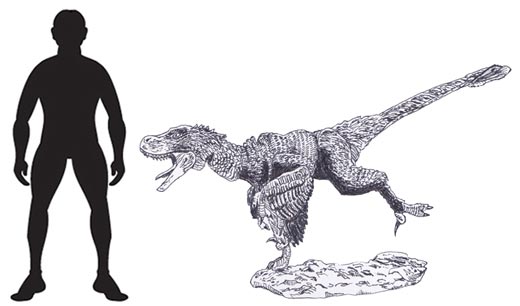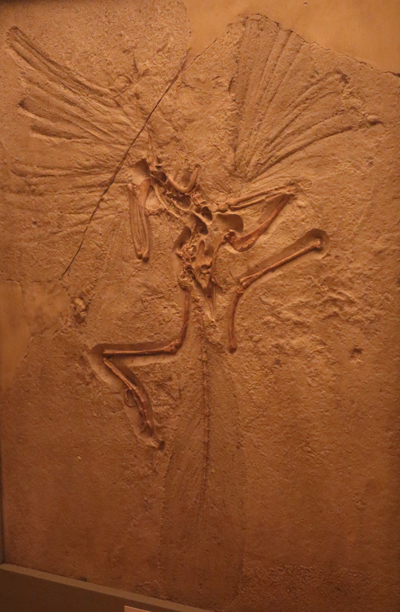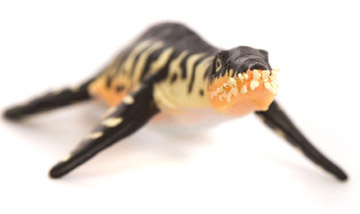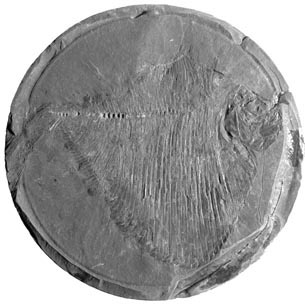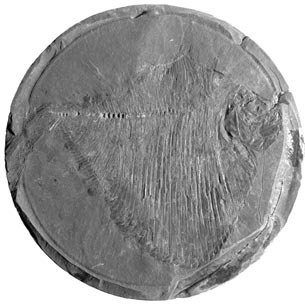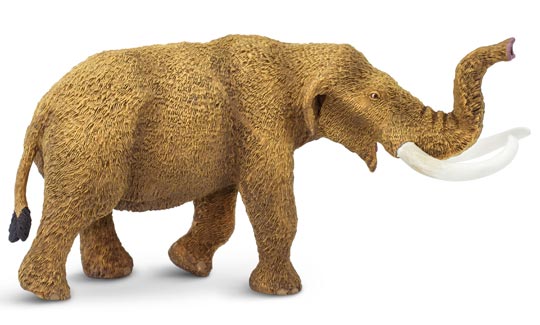New Study Suggests Tendons connecting the heel to the calf muscles – Not our Achilles heel?
Could the Development of an Achilles Tendon give Hominids an Edge?
Recently, a team of scientists from the University of Manchester led by Dr Bill Sellers presented new evidence on the locomotion of bipedal theropod dinosaurs. Their study involved the use of a powerful computer programme that analysed extant and extinct animal data and then calculated the top running speed of each animal tested. The results did not reveal too many surprises. The larger the theropod the slower it could run.
Running Speeds
The fastest dinosaur in this study proved to be the chicken-sized Compsognathus. Measurements from the fossilised skeleton led the Manchester university computer to calculate that this tiny dinosaur could run at an impressive 40 mph. A six tonne T. rex on the other hand could run at just 18mph (still fairly striking considering the size of the animal).
You can read the full article here:
Tyrannosaurus rex could run down David Beckham.
Early Hominids
The Manchester team went on to present a second study, this time with the focus on human evolution, their work suggests that if early hominids lacked an Achilles tendon, then they would have managed little more than an amble.
However, if the likes of Homo ergaster had evolved an Achilles then their ability to run would have been greatly enhanced. Being able to run away from potential predators is an effective survival strategy, particularly in the dry Savannah environments where early hominids, such as H. ergaster lived. But if they could run, could our direct ancestors have hunted? Fossil remains of Homo ergaster have revealed teeth worn away in a pattern that indicates a diet of chewing at flesh. Does this indicate that evolutionary advantages such as Achilles tendons allowed them to hunt? If the likes of Homo ergaster were able to hunt or indeed to roam around their habitat efficiently so they could locate carcases and scavenge them, this would have permitted them to obtain a lot of protein from the meat they ate.
Our Achilles Heel?
Lots of protein is essential if you are going to develop a big brain, is the reason for our eventual success to be found in the tendon that links our heel to our calf muscles?
The Achilles tendon acts as a spring whilst running. It stores and releases energy and greatly improves the running action. Strong tendons can make a huge difference to how fast an animal is capable of moving, they are after all what gives the kangaroo its bounce.
The study by Dr Sellars involved inputting the anatomical details of an early human ancestor Australopithecus afarensis, postulated from the limited fossil evidence we have (the well-known “Lucy” fossil) plus additional evidence from footprints, preserved in volcanic ash at Laetoli (Tanzania). The powerful bio-mechanical computer then analysed the evidence and came up with an efficient form of bipedal locomotion for our 3.5 million year old ancestor. The research indicates that Lucy and her kind were already efficient walkers but their gait, limb bone measurements and the lack of an Achilles tendon would have severely hampered their ability to run.
Challenges Previous Studies
This study contradicts in part, the work done by Patricia Kramer of Washington University. Her work focused on the relationship between the wide pelvis and shorter legs of A. afarensis. According to this research, A. afarensis was actually a more efficient walker than modern humans. Patricia and her team calculated that these early hominids “wiggled” rather than “waddled” when they walked and concluded that just because H. sapiens is the only surviving species of bipedal hominid; this did not mean that our way of walking was the best.
This Manchester team’s work, presented to the British Association for the Advancement of Science sheds new light on the cursory abilities of the earliest ape-men. The problem is, the evolution of hominids is still poorly know, the lack of fossils is a real drawback. Virtually all the material on the origins of mankind going back 6 million years could be easily fitted inside a single transit van, the fossil record of our own evolution is so poor.
Hominid Taxonomy
Scientists still debate how the various hominid species are inter-related, this new work which shows the importance of the Achilles tendon in terms of effective running speed does little to shed further light on how the hominid family tree shapes up. Indeed, in apes the origins of the Achilles tendon is a very confusing issue. Our closest living relatives chimps and gorillas lack an Achilles tendon, whereas gibbons the least closely related great ape to Homo sapiens has one.
It may be misleading to use the extant apes to review the evolutionary importance of running. Chimpanzees and gorillas adopt a quadruped stance and spend a lot of their time on the ground. Gibbons are largely arboreal and it may be this difference that is the real reason for the absence/or presence of the Achilles tendon in these genera.
Efficient Walkers
The Manchester University model shows that early hominids were quite efficient walkers, but were poor runners. Effective running followed much later on our evolutionary path, once we could walk upright we had an advantage but the development of an Achilles tendon permitted our ancestors to run and perhaps hunt more effectively.
It seems that the old adage is true – “you must walk before you can run”.
Visit Everything Dinosaur’s award-winning website: Everything Dinosaur


